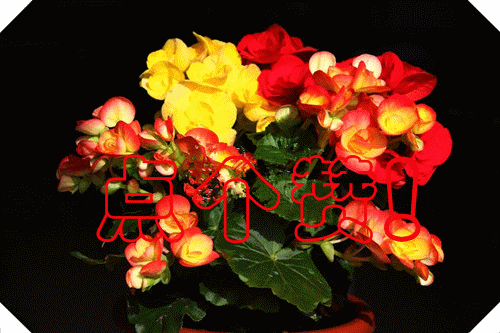

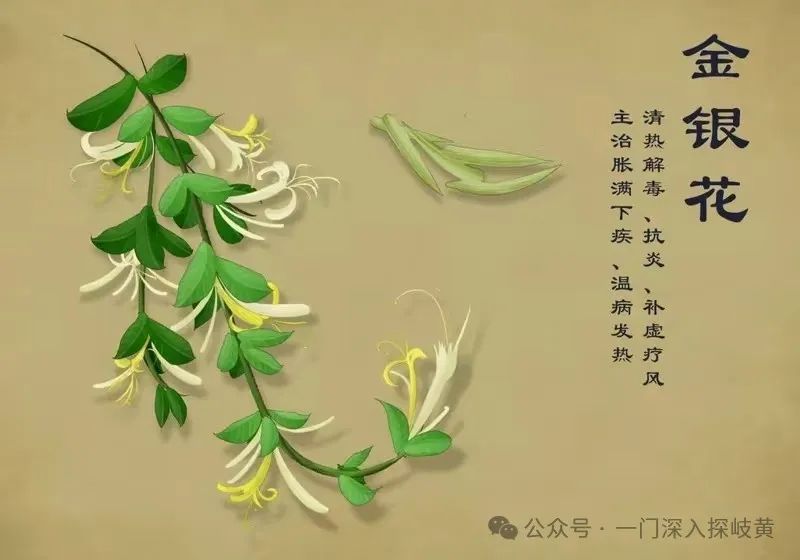 【One】Jin Yin Hua (金银花), or Honeysuckle, is the flower bud of Lonicera japonica, known for its beauty as an ornamental plant and its significance as a medicinal herb. The flowers initially bloom white and later turn yellow, with both colors appearing simultaneously on the same plant, hence the name Jin Yin Hua (Gold and Silver Flower), also known as Er Hua (Two Flowers) or Yuan Yang Hua (Mandarin Duck Flower). The white flowers enter the lungs, while the yellow ones enter the spleen, making it effective for sore throats caused by heat in the spleen and lungs. Boiling Jin Yin Hua in water is highly beneficial. However, chronic pharyngitis patients often do not fit this category, so it should not be taken blindly! The entire plant of Jin Yin Hua can be used medicinally, earning it the nickname “Little Immortal of the Pharmacy”. Its flower buds are particularly praised for their heat-clearing and detoxifying properties, thus earning the title of “Holy Medicine”. Jin Yin Hua Lu (Honeysuckle Extract) is a distilled liquid derived from Jin Yin Hua using modern Chinese medicine extraction techniques.It has the effects of clearing heat, relieving summer heat, and detoxifying, which can alleviate summer heat-induced thirst and children’s heat rash, and can sometimes assist in treating upper respiratory infections and colds. It is an excellent medicine for clearing heat, detoxifying, and relieving summer heat. Especially for outdoor workers in summer, taking it in moderation can prevent heatstroke. However, it is important to note that Jin Yin Hua Lu is not a beverage; it is a non-prescription medicine for treating summer dampness-related diseases and should not be treated as a drink like “Coke” or “Green Tea”. Excessive consumption of Jin Yin Hua Lu or use by those with a cold and weak constitution may lead to side effects.
【One】Jin Yin Hua (金银花), or Honeysuckle, is the flower bud of Lonicera japonica, known for its beauty as an ornamental plant and its significance as a medicinal herb. The flowers initially bloom white and later turn yellow, with both colors appearing simultaneously on the same plant, hence the name Jin Yin Hua (Gold and Silver Flower), also known as Er Hua (Two Flowers) or Yuan Yang Hua (Mandarin Duck Flower). The white flowers enter the lungs, while the yellow ones enter the spleen, making it effective for sore throats caused by heat in the spleen and lungs. Boiling Jin Yin Hua in water is highly beneficial. However, chronic pharyngitis patients often do not fit this category, so it should not be taken blindly! The entire plant of Jin Yin Hua can be used medicinally, earning it the nickname “Little Immortal of the Pharmacy”. Its flower buds are particularly praised for their heat-clearing and detoxifying properties, thus earning the title of “Holy Medicine”. Jin Yin Hua Lu (Honeysuckle Extract) is a distilled liquid derived from Jin Yin Hua using modern Chinese medicine extraction techniques.It has the effects of clearing heat, relieving summer heat, and detoxifying, which can alleviate summer heat-induced thirst and children’s heat rash, and can sometimes assist in treating upper respiratory infections and colds. It is an excellent medicine for clearing heat, detoxifying, and relieving summer heat. Especially for outdoor workers in summer, taking it in moderation can prevent heatstroke. However, it is important to note that Jin Yin Hua Lu is not a beverage; it is a non-prescription medicine for treating summer dampness-related diseases and should not be treated as a drink like “Coke” or “Green Tea”. Excessive consumption of Jin Yin Hua Lu or use by those with a cold and weak constitution may lead to side effects.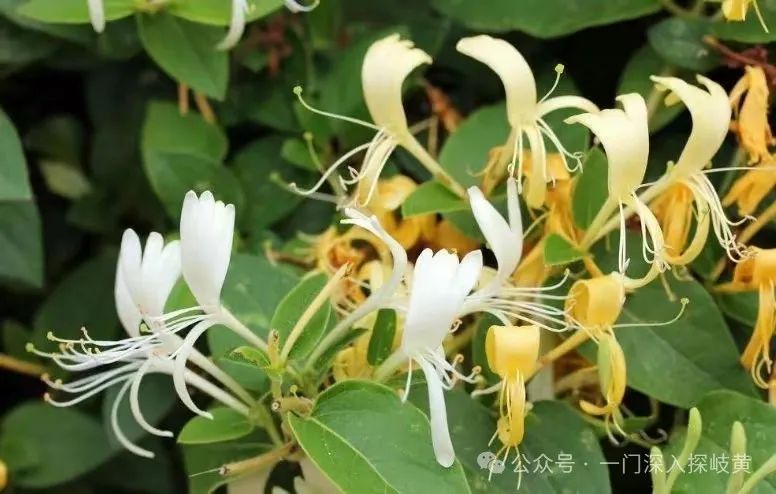
【Two】Jin Yin Hua is well-known and can often be seen in pharmacies, including many of its products and traditional Chinese medicines, making it a frequently used herb in daily life. It is also known as Yin Hua (Silver Flower), Shuang Hua (Double Flower), Yuan Yang Teng (Mandarin Duck Vine), and Ren Dong (Honeysuckle). The “Compendium of Materia Medica” describes the morphology of Ren Dong Hua: “It blooms in March and April, about an inch long, with two flowers on one stem (one flower) with two petals, one large and one small, resembling a half-side shape. The stamens are long. When the flower first opens, both the petals and stamens are white; after two or three days, they turn yellow.” The flower initially appears silver and later turns golden, hence the name Jin Yin Hua or Shuang Hua. Because the two flowers on one stem and the two stamens protrude outward, they appear in pairs, resembling a couple, hence the name Yuan Yang Teng (Mandarin Duck Vine). “The earth is misty, and summer days are long; the treasures of gold and silver unite like mandarin ducks. The bond of mountains and vows is not changed by wind and frost; everywhere, hearts are united, and the fragrance lasts for years.” This beautiful folk song refers to the treasures of gold and silver, which are Jin Yin Hua. Jin Yin Hua is also called Ren Dong because, at the end of autumn, when the old leaves fall, new green shoots sprout from the leaf axils, giving it this name. The pattern derived from its plant morphology is taken to mean “long-term consumption leads to lightness of body and longevity”, symbolizing good fortune, longevity, and a long life. The “Compendium of Materia Medica” records that Jin Yin Hua can treat “all wind and dampness, as well as various swellings, toxins, and sores”; the “Supplement to the Compendium of Materia Medica” states that it “has a fragrant aroma and sweet taste, opens the appetite, relieves heat and detoxifies, and can be used as a tea substitute, especially effective in relieving summer heat”. This shows that Jin Yin Hua has been used since ancient times and continues to hold a significant position among traditional Chinese herbs, earning it the titles of “National Treasure Flower” and “Antibiotic of Traditional Chinese Medicine”. The Qing dynasty scholar Wang Fuzhi praised it, saying “It has no shame in the elegance of high scholars, relying on its subtle fragrance to be known”. Jin Yin Hua is an excellent medicine for clearing heat and detoxifying. It is sweet and cold in nature, aromatic, and clears heat without harming the stomach, while its fragrance can dispel evil. Jin Yin Hua can both disperse wind-heat and clear blood toxins, making it effective for various heat-related diseases such as fever, rashes, spots, heat toxins, and sore throats. Many traditional Chinese medicines for detoxifying heat-related symptoms contain Jin Yin Hua as a primary ingredient, such as the Qing Re Jie Du (Clearing Heat and Detoxifying) Shuang Huang Lian Oral Liquid, which includes Jin Yin Hua as one of its components; additionally, there is “Yin Qiao San”, which also uses Jin Yin Hua as a main ingredient; and the aptly named “Jin Yin Hua Lu”, which is particularly effective for alleviating summer heat-induced thirst and heat toxins.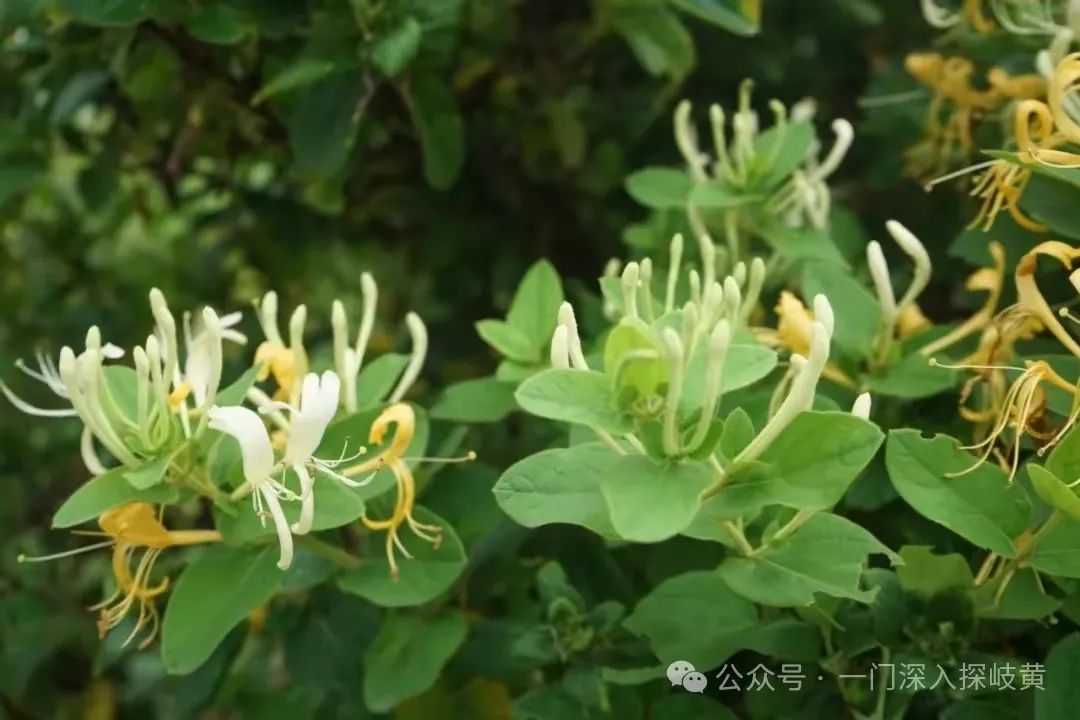
【Three】Jin Yin Hua is primarily produced in Pingyi County, Shandong Province, known as Pingyi Jin Yin Hua. Pingyi County has been designated by the Ministry of Agriculture as the “Hometown of Chinese Jin Yin Hua”, with a long history of cultivation, accounting for over 60% of the total production in China, making it the largest distribution center for Jin Yin Hua in the country. Jin Yin Hua has a strong vitality; a simple cutting of the plant can be inserted into a bamboo fence or the edge of a field, and it will spread year after year, climbing along with dead branches and twigs, forming dense clusters. Every spring and early summer or late autumn, it blooms profusely, creating a stunning display of flowers and lush green leaves. Some Jin Yin Hua vines can thrive for many years, even growing into ancient vines that are hundreds of years old, ranking alongside Wisteria, Trumpet Vine, and Grapes as “The Four Climbing Plants” and “The Four Great Flowering Vines”, becoming a rare landscape in gardens. The entire plant of Jin Yin Hua can be used medicinally, earning it the nickname “Little Immortal of the Pharmacy”, but its flower buds are particularly praised for their heat-clearing and detoxifying properties, thus earning the title of “Holy Medicine”. Ren Dong Teng (Honeysuckle Vine) refers to the vine stem of Jin Yin Hua. The “Compendium of Materia Medica” states that Ren Dong Teng can treat “all wind and dampness, as well as various swellings, toxins, and sores, dispersing heat and detoxifying”, claiming it is both a “good medicine for treating wind and relieving swelling, and a good agent for detoxifying and treating sores”. Ren Dong Teng can be used both internally and externally, being effective for boils, sores, abscesses, swelling, insect bites, unknown swellings, as well as for wind, rheumatism, and injuries.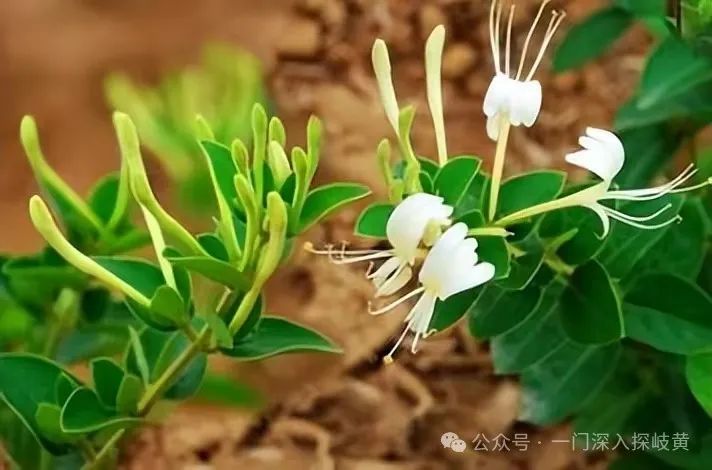
【Four】According to research, Jin Yin Hua was first recorded in Tao Hongjing’s “Record of Famous Physicians”, classified as a superior herb and referred to as “Ren Dong”. “Now it is found everywhere, resembling a vine that does not wither in winter, hence the name Ren Dong. Its taste is sweet, warm, and non-toxic. It is used to treat cold and heat-induced body swelling. Long-term consumption leads to lightness of body and longevity.” In the Ming Dynasty, the “Emergency Herbal Medicine” first officially named it Jin Yin Hua: “Jin Yin Hua, known in the “Compendium” as Ren Dong, also called Yuan Yang Teng, Zuo Chan Teng, Jin Chai Gu, Lao Weng Xu, and Ren Dong Teng…” It is now widely recognized that “Jin Yin Hua” is the correct name for this medicinal material, and it has been included in the pharmacopoeia. Throughout history, Jin Yin Hua has been regarded as a top-quality medicine for clearing heat and detoxifying, receiving endless praise. It can disperse wind-heat and effectively clear blood toxins, making it suitable for various heat-related diseases such as fever, rashes, spots, heat toxins, and sore throats, proving to be an essential medicine for treating positive sores. The Qing dynasty scholar Chen Shiduo in “The Secrets of the Cave Heaven” stated: “In the realm of sore diseases, there is no other herb like this.” He advocated that “to eliminate the heat and toxins, Jin Yin Hua must be used,” often urging, “If it can be used more, why not seize life in an instant, bringing the dead back to life in a moment?” It is indeed true that using Jin Yin Hua less results in weaker effects, while using it more leads to stronger effects; using it less provides more support than attack, while using it more makes its power more focused and its energy more vigorous, thus being more effective in attacking than supplementing. It detoxifies without depleting qi and blood, and can even tonify qi and nourish yin, making it the best herb for dispelling toxins. It is important to note: Jin Yin Hua is cold in nature and should not be used by those with spleen and stomach deficiency or qi deficiency sores; it should not be taken long-term or in excess to avoid gastrointestinal discomfort and loss of appetite.

